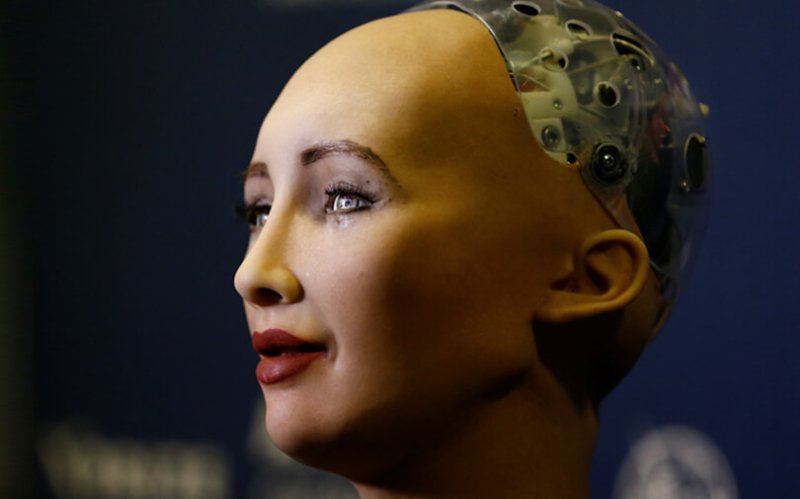They’re advancing artificial intelligence (AI) to create next-gen personalized robots that can read human emotions in real time. What will be the next step in AI robots? If they can be developed to mimic biological life, do we confer the status of living creatures on them? Do we confer personhood as well?
…
We propose a simple but challenging definition of life as the property of an organism that possesses any genetic code that allows for reproduction, natural selection, and individual mortality.
…
AI-based human robots can be programed to replicate themselves and even can be programed to terminate. However, robots do not sense “mutations” or engage in any natural selection process and, therefore, would not meet our criteria as “living.”
In our definition, organisms that utilize synthetic DNA nucleotides may meet our criteria as living.
…
We argue that as living organisms, and, in particular, as mortal creatures who are aware of our own mortality and of our capacity and obligation to distinguish right from wrong, we must recognize this boundary between living and inanimate. We believe the definition we have presented creates a clean boundary around all living things that allows us to assess the living status of synthetic organisms and AI robots.
Read full, original post: How to Define Life































